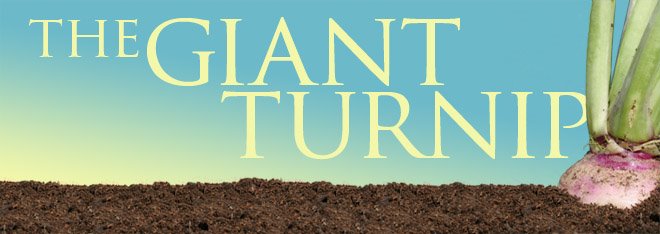I love Christmas music, but it feels a little strange to admit it. The reason, of course, is that there is so much bad music that falls into the category. My problem is that I feel barraged with the worst versions of even the better songs, as well as the treacly, sentimental, awful songs which -- as far as I can see -- have little to do with Christmas. But I can enjoy the season without becoming a total curmudgeon as long as I can shield myself a little -- and keep away from department stores.
In terms of choral music, I couldn't do without Saint-Saens' Christmas Oratorio, which is my favorite Christmas piece. It's slighter than the Messiah or many of the other oratorios which are favored around the season, but it seems more characteristic of the Christmas spirit to me -- which, to my mind, is not epic as much as quiet and filled with wonder. (Even those who aren't familiar with the oratorio might recognize the trio, "Tecum Principium," which is often heard in translated or instrumental versions.)
Camille Saint-Saens: Tecum Principium
A few years ago I got a little obsessed with finding some good vocal renditions of my favorite Christmas carols, and I was amazed at the range in quality you find in the readily available albums. The ones I found that I was most pleased with were wonderful collections from the Tewkesbury Abbey Choir, and another from The Sixteen and Harry Christopher.
Tewkesbury Abbey Choir: Quelle est cette odeur agreable
The Sixteen: In Dulci Jubilo
If you like fingerpicked guitar, John Fahey has a great Christmas album called A New Possibility. I'm generally not the biggest fan of what might be termed classical guitar, but Fahey's a real virtuoso who knows when to hold back, and he offers really nice takes on carols familiar and less so. In a somewhat similar vein, Pete Seeger's Traditional Christmas Carols record offers some beautiful folk-inflected carols with a lot more vitality than I find in most other renditions of these songs. A recent gift from Jeffrey, Willie Nelson's Pretty Paper provides less distinct imaginings of familiar songs, but it's nice to hear him handle the carols. I can almost listen to "Winter Wonderland" when it's Willie singing it. Almost.
John Fahey: Lo, How a Rose E'er Blooming
Pete Seeger: Masters in this Hall
Willie Nelson: Pretty Paper
We also get a lot of mileage out of Vince Guaraldi's Charlie Brown Christmas, mostly because the kids like to listen to "Linus and Lucy" for obvious reasons. "Skating" is great, too.
Vince Guaraldi: Skating
Of recent albums, we listen quite a bit to Sufjan Stevens -- his five Christmas eps are lovely, with inventive versions of traditional carols and a few great additions to the canon. It's his version of "The Friendly Beasts" that the kids, Linus especially, fell in love with. Jeff recently turned me on to an ep by Low, a band I had only listened to sporadically. "Just Like Christmas" is a beautiful song which I think will become a standard for our family. I might also recommend Julian Koster's Christmas album, which was just released. Koster is a multi-instrumentalist who played with Neutral Milk Hotel, and this record was produced entirely with the ethereal, icy sounds of the musical saw.
Sufjan Stevens: The Friendly Beasts
Low: Just Like Christmas
Julian Koster: The First Noel
 Let us know some of your favorite albums and songs.
Let us know some of your favorite albums and songs.
































